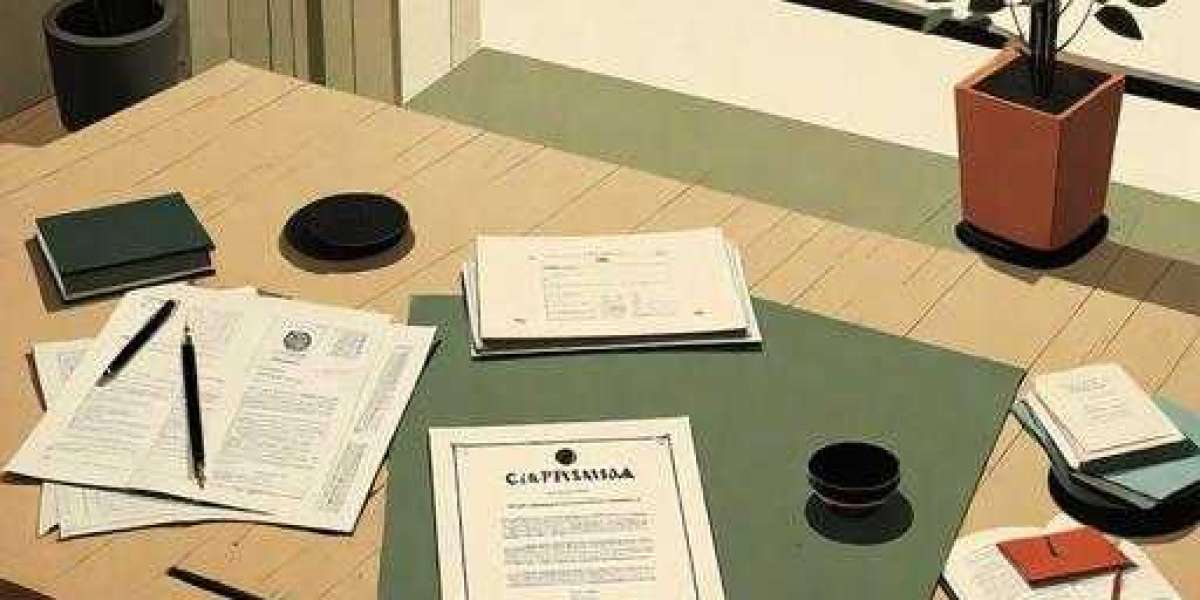Wine Tasting
What is the tasting process?
The tasting process in wine tasting involves several key steps that assist evaluate and appreciate the complexities of wine. Here’s a breakdown of every stage:
1. Observation
Begin by inspecting the wine’s look. This consists of:

- Color: Observe the hue, which might provide insight into the age and type of the wine.
- Clarity: Look for any cloudiness or sediment.
- Viscosity: Swirl the wine and observe the legs that kind on the glass; thicker legs might point out larger alcohol content material or sweetness.
2. Swirling
Gently swirl the wine in the glass to aerate it, which enhances its aromas. This motion encourages risky compounds to escape, enriching your sniffing expertise.
3. Smelling
Bring the glass to your nose and take a deep breath. Identify completely different aromas, which might vary from fruity, floral, spicy, to earthy. Think about:
- Intensity: How sturdy are the aromas?
- Complexity: Are there multiple layers of scents?
4. Tasting
Take a small sip of the wine and let it coat your palate. Focus on:
- Flavor: What flavors do you detect? Are they similar to the aromas?
- Body: Is the wine gentle, medium, or full-bodied?
- Balance: Consider the connection between acidity, sweetness, tannins (in reds), and alcohol.
- Finish: Pay attention to the aftertaste; does it linger? What flavors remain?
5. Reflecting
Take a second to appreciate the overall expertise. Consider how the wine makes you're feeling and whether you would like to take pleasure in it again. Document your impressions if you’re tasting a number of wines!
Following these steps can improve your wine-tasting experience, permitting you to understand the intricacies of different varieties and types.
What is wine tasting session?
A wine tasting session is an organized occasion the place individuals can pattern and evaluate various wines. It is an opportunity to explore completely different wine varieties, understand their distinct flavors, 광주오피 and learn in regards to the wine-making process.
Key Components of a Wine Tasting Session
- Selection of Wines: A number of wines are chosen for the tasting, often specializing in a particular area, grape variety, or fashion.
- Tasting Techniques: Participants are guided on the method to correctly taste wine, which includes wanting, smelling, and sipping to analyze the wine’s characteristics.
- Food Pairings: Some sessions may embrace food pairings, enhancing the tasting experience by demonstrating how sure meals complement particular wines.
- Expert Guidance: Typically, a sommelier or wine skilled leads the session, offering insights and answering questions about each wine.
Common Objectives of Wine Tasting
- To develop an appreciation for different wine types and flavors.
- To educate individuals about wine regions, grape varieties, and production methods.
- To establish private preferences for wines.
- To foster social interplay among individuals by way of a shared expertise.
Overall, a wine tasting session is both an educational and pleasant occasion, perfect for wine fanatics and novices alike.
Is wine tasting formal?
Wine tasting can differ in formality relying on the setting and occasion. In some cases, it might be fairly formal, taking place in upscale environments where particular protocols are adopted. This could embrace guided tastings led by sommeliers, with a concentrate on the wine's characteristics and pairing ideas.
On the opposite hand, wine tasting can also be an informal expertise, similar to at festivals, casual gatherings, or house tastings with friends. In these conditions, the emphasis is often more on enjoyment and exploration quite than strict rules.
Formal Wine Tasting
In a formal wine tasting, individuals might costume up, adhere to a schedule, and participate in structured evaluations of various wines. The use of particular terminology and the presence of a facilitator is common. Tasting notes may be taken, and meals pairings are often included to boost the experience.
Casual Wine Tasting
Conversely, informal wine tasting allows for more flexibility. Participants might merely pour and sip with none predefined construction or guidelines. Discussions could also be informal, specializing in personal preferences and experiences quite than technical particulars.
Ultimately, whether or not a wine tasting is formal or informal can depend on the context and the preferences of those involved.








